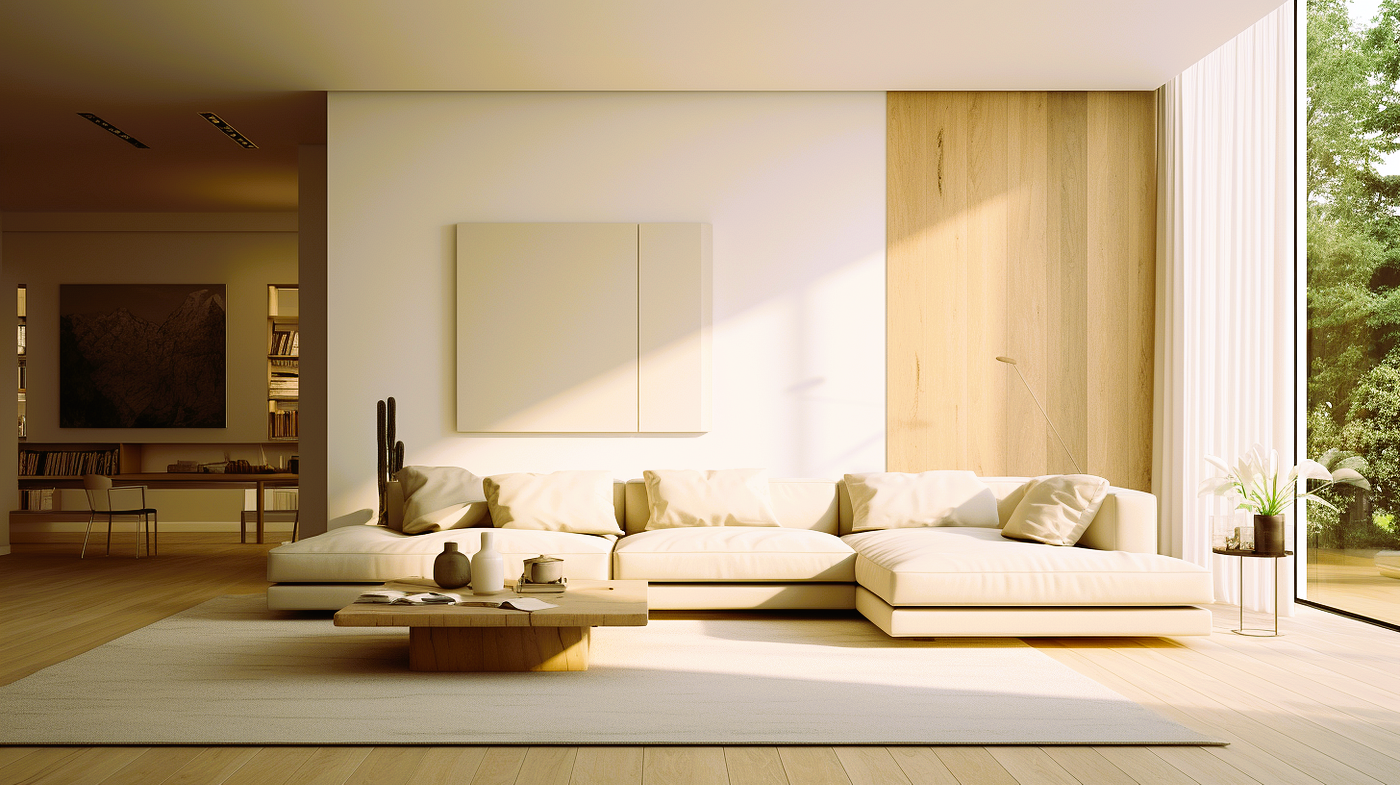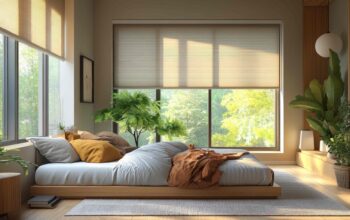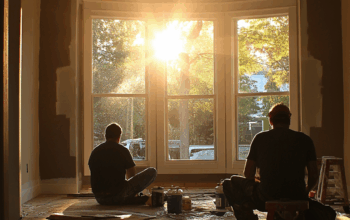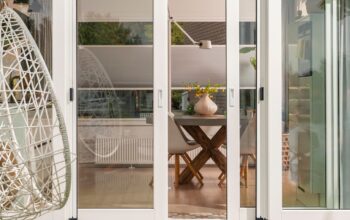In a world filled with constant noise and clutter, the minimalist interior design movement offers a refreshing approach to creating serene and harmonious living spaces. Rooted in the principle of “less is more,” minimalist design embraces simplicity, functionality, and a sense of calm, allowing the beauty of each element to shine through. In this article, we’ll explore the philosophy behind minimalist interior design, as well as practical tips for incorporating this timeless style into your home.
Understanding Minimalism
At its core, minimalism is about paring down to the essentials and eliminating excess. Inspired by the minimalist art movement of the 1960s, minimalist interior design seeks to create spaces that are free from unnecessary decoration and clutter, allowing for a clear and unobstructed flow of energy. By focusing on clean lines, neutral colors, and open spaces, minimalist design celebrates the beauty of simplicity and encourages mindfulness in everyday living.
Key Principles of Minimalist Interior Design
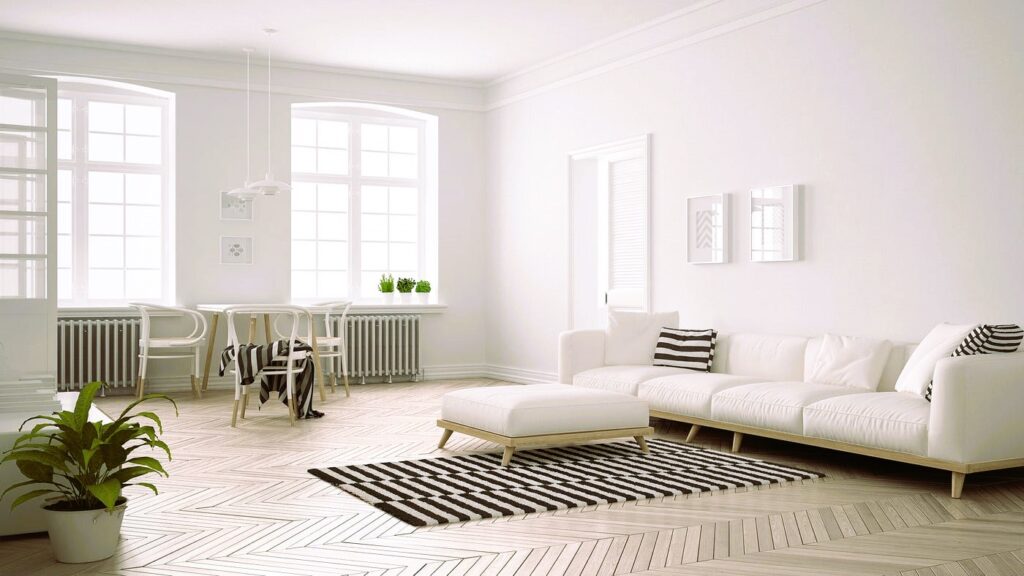
- Simplicity: The cornerstone of minimalist design is simplicity. Choose furniture, decor, and accessories with clean lines and minimal ornamentation. Avoid excess decoration and opt for sleek, streamlined pieces that contribute to a sense of openness and clarity.
- Functionality: In minimalist design, form follows function. Every piece of furniture and decor should serve a purpose and contribute to the overall functionality of the space. Choose multi-functional pieces that maximize utility without sacrificing style.
- Neutral Color Palette: A neutral color palette is central to minimalist design, with tones such as white, beige, gray, and black forming the foundation of the aesthetic. These muted hues create a sense of tranquility and visual harmony, allowing other elements to stand out without competing for attention. Read about our exterior design ideas that will wow your guests in the article Creating Curb Appeal.
- Clutter-Free Spaces: Minimalist design emphasizes the importance of decluttering and organizing spaces to create a sense of calm and order. Keep surfaces clear of unnecessary items and invest in smart storage solutions to maintain a tidy and clutter-free environment.
- Natural Light: Embrace natural light as much as possible in minimalist design. Large windows, skylights, and strategically placed mirrors can help maximize natural light and create a bright and airy atmosphere. Avoid heavy window treatments and opt for sheer curtains or blinds to let light filter in freely.
- Quality Over Quantity: In minimalist design, quality reigns supreme over quantity. Invest in well-crafted furniture and timeless pieces that will stand the test of time. Choose materials such as wood, metal, and glass that are durable and long-lasting, and prioritize craftsmanship and attention to detail.
Practical Tips for Minimalist Living
- Declutter Regularly: Take the time to declutter and simplify your living space on a regular basis. Donate or sell items that no longer serve a purpose and keep only the essentials that bring you joy and add value to your life.
- Create Visual Balance: Achieve visual balance in your minimalist design by carefully arranging furniture and decor to create a sense of symmetry and harmony. Use negative space to your advantage and avoid overcrowding the room with too many objects.
- Focus on Texture: While minimalist design often favors simplicity, incorporating texture can add depth and visual interest to your space. Experiment with different textures such as natural fibers, smooth surfaces, and tactile fabrics to create a sense of warmth and dimension.
- Introduce Greenery: Bring the outdoors in by incorporating greenery and plants into your minimalist design. Not only do plants add a pop of color and life to your space, but they also help purify the air and create a sense of connection with nature.
- Stay Mindful: Practicing mindfulness is key to maintaining a minimalist lifestyle. Be intentional with your purchases and only bring items into your home that align with your values and enhance your well-being. Avoid impulse buying and focus on living with intention and purpose.
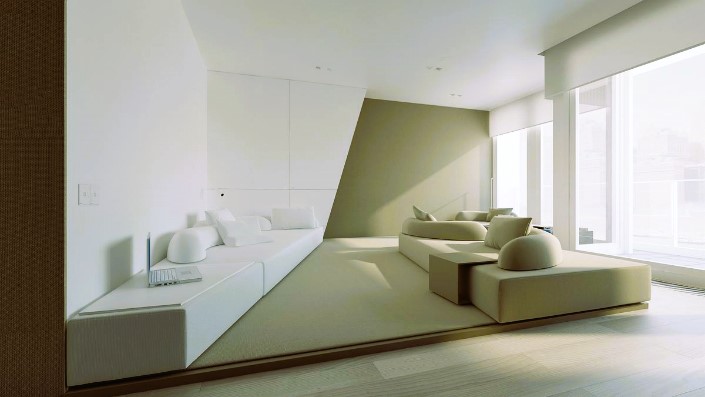
- Resources for Minimalist Design Standards
For further information and inspiration on minimalist interior design standards and best practices, consider consulting reputable sources such as Wikipedia’s article on Minimalism. These resources offer valuable insights into the principles of minimalist design and can help guide you in creating a space that embodies simplicity, elegance, and tranquility.
In conclusion, minimalist interior design offers a timeless and elegant approach to creating beautiful and harmonious living spaces. By embracing simplicity, functionality, and mindfulness, you can transform your home into a sanctuary that celebrates the beauty of less and invites a sense of calm and serenity into your everyday life.

